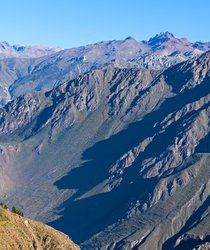
Seminarium fizyki litosfery i planetologii
Spectroscopic measurements of the reflection coefficient for selected cometary dust analogs and their impact on the outburst amplitude
dr hab. Marcin Wesołowski
University of Rzeszów, College of Natural Sciences, Institute of Physics
24 marca 2023 13:15
on-line
Współautorzy badań: dr Piotr Potera, mgr inż. Joanna Sobaszek, mgr inż. Patrycja Skała.
Abstract
During the seminar, the results of reflectance measurements for selected comet dust analogs will be presented. The Cary 5000 spectrometer was used in this research. Thanks to the use of two different appetizers, we determined the reflectance in two cases. In the first case, we used a reflection attachment. Thanks to this, we were able to adjust the angle of incidence of light on the sample in the entire possible range from 20° to 70°. As a result, we recorded radiation reflected at an angle equal to the angle of incidence. In this case, the reflectance coefficient range oscillated between 0.11% and 2.42%.
In the second case, an attachment with an integrating sphere was used. In this case, the light is incident perpendicular to the sample. As a result, apart from specular reflection, we observe radiation scattered at different angles for samples with an irregular, rough surface. The use of an integrating sphere attachment made it possible to determine the total scattering radiation. In this case, the reflectance range was between 2.49% and 25.29%. True reflectivity, based on measurements made by the COSIMA mass spectrometer during the Rosetta mission, ranged from 3% to 20%. This means that the results we obtained for selected dust analogs are comparable to the results obtained by the COSIMA mass spectrometer. Since sunlight falling on a dust particle in a coma is repeatedly reflected and scattered, the best match to reality is provided by the use of an integrating sphere.
Using the reflectance value, we also determined the amplitude of the change in the brightness of a cometary during an outburst.
